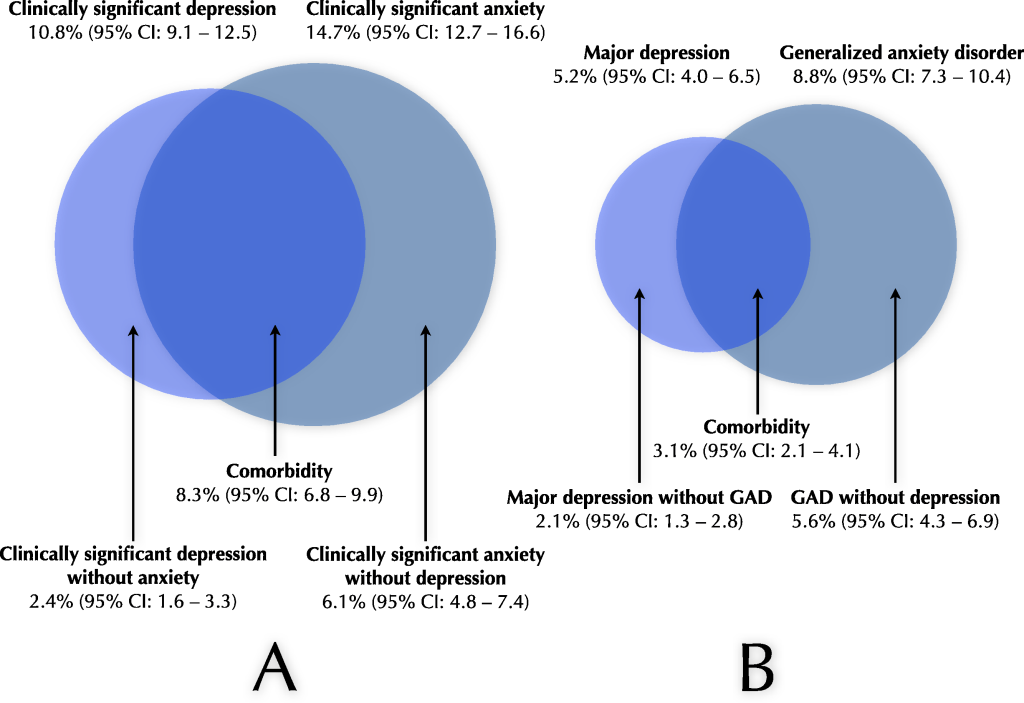Generalized anxiety disorder is a prevalent and disabling condition which can be treated with cognitive behaviour therapy (CBT). The present study, accepted for publication in Behaviour Research and Therapy, tested the effects of therapist-guided internet-delivered acceptance-based behaviour therapy on symptoms of generalized anxiety disorder and quality of life.
An audio CD with acceptance and mindfulness exercises and a separate workbook were also included in the treatment. 103 participants diagnosed with Generalized anxiety disorder were randomly allocated to immediate therapist-guided internet-delivered acceptance-based behaviour therapy or to a waiting-list control condition.
A six month follow-up was also included. Results using hierarchical linear modelling showed moderate to large effects on symptoms of GAD (Cohen’s d = 0.70 to 0.98), moderate effects on depressive symptoms (Cohen’s d = 0.51 to 0.56), and no effect on quality of life.
Follow-up data showed maintained effects. While there was a 20% dropout rate, sensitivity analyses showed that dropouts did not differ in their degree of change during treatment. To conclude, our study suggests that internet-delivered acceptance-based behaviour therapy can be effective in reducing the symptoms of generalized anxiety disorder.
Highlights
|
Read the full paper:
Dahlin, M., Andersson, G., Magnusson, K., Johansson, T., Sjögren, J., Håkansson, A., Pettersson, M., Kadowaki, Å., Cuijpers, P., & Carlbring, P. (In press). Internet-delivered acceptance-based behaviour therapy for generalized anxiety disorder: a randomized controlled trial. Behaviour Research and Therapy. doi: 10.1016/j.brat.2015.12.007
Figure 1: Illustration of prevalence of depression, anxiety and comorbidity.
(A) Prevalence rates of clinically significant depression, clinically significant anxiety and their comorbidity. Also illustrated are clinically significant depression without anxiety and clinically significant anxiety without depression.
(B) Prevalence rates of current major depression, Generalized anxiety disorder (GAD) and their comorbidity. Furthermore, current major depression without GAD and GAD without major depression. Note: As the number of respondents were different for various measures, different prevalence rates in the figure may not add up to exactly the same figure as that given.

